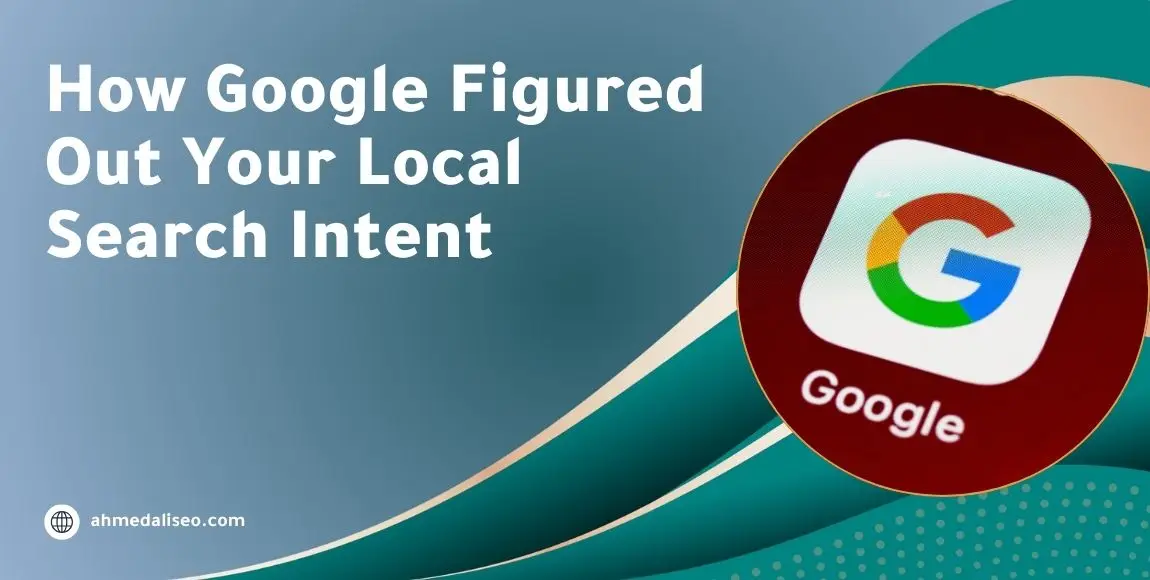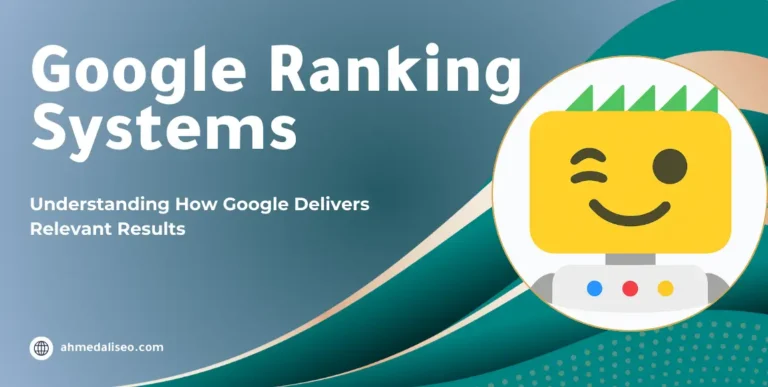
Have you ever searched for something like best pizza or nearest pharmacy without actually typing your city or near me? Modern search engines often understand you’re looking for local results but how did they get so smart?
Before sophisticated location-aware search, finding local information often required users to explicitly type the city or region they were interested in. Searching for just “restaurant” might yield results from across the country or even the world, which wasn’t very helpful if you were just looking for a place to eat nearby.
A significant step towards solving this challenge came from Google, detailed in U.S. Patent US8200694B1. Building on earlier work (priority filing July 23, 2007), this patent, granted on June 12, 2012, and credited to inventors Michelangelo Diligenti, Wenxin Li, Fabio Lopiano, and Trystan G. Upstill, describes a system that could identify when a search query implicitly indicated a local need, even without explicit location terms.
This article explains the core ideas behind this influential patent and how it helped search engines better understand and respond to your hidden local search intent.
The Problem: Users Don’t Always Say Where
In the earlier stages of search:
- Explicit Locations Required: To get local results, you typically had to include a location term in your query (Nasr City Restaurants) or use specific search filters.
- Generic Queries Were Global: A simple query like joiner or dry cleaners often returned non-local results, requiring the user to refine their search or sift through irrelevant listings.
- Missed Opportunities: Search engines missed opportunities to provide highly relevant local information to users who had a local need but didn’t express it directly. This was frustrating for users and limited the visibility of local businesses in search results.
There was a clear need for a system that could analyze a query and understand its likelihood of having local intent based on the words used, not just whether it contained a city name.
Recognizing Implicit Local Relevance
The patent US8200694B1 outlines a method to automatically identify queries with “implicit local relevance” and use this information to improve the ranking of search results. The system works by:
- Analyzing Query Terms: Understanding which words or phrases when used in a search often suggest a local need.
- Determining User Location: Knowing the likely location of the person searching.
- Identifying Result Location: Knowing the location associated with potential search results.
- Boosting Local Results: Using the implicit local relevance score of the query to give higher ranking to search results whose location matches or is near the user’s location.
Let’s look at the key mechanisms described in the patent:
How It Works: Unpacking the Process
The system described in the patent involves both a pre-computation step (building knowledge about terms) and a real-time step (using that knowledge for a specific search).
Step 1: Building the Knowledge Base (Understanding Terms)
Before a user even types a query, the system analyzes vast amounts of historical search data and web content to understand which terms are commonly associated with local intent. (This aligns with the process described in Claims 12-21 of the patent).
- Identifying Terms: The system identifies terms frequently used in search queries. (It might exclude terms that are themselves place names).
- Evaluating Local Relevance Criteria: For each term it evaluates several factors across different geographic regions and languages to determine a degree of implicit local relevance this evaluation involves looking at:
- User Click Patterns: Do users who search using this term often click on search results identified as local? (For example, do users searching for pizza restaurant tend to click on local pizza restaurants?).
- Query Combinations: Is the term frequently combined with explicit location names in other queries? (Is “dentist” often searched alongside city or town names?).
- Domain Restrictions: Do users searching with this term often apply filters to restrict results to country-specific websites (like .co.uk – .sa – .eg domains)?
- Navigation Paths: After searching with this term, do users tend to navigate quickly from non-local results to local ones?
- Content Frequency: How often does the term appear in web content specifically associated with certain locales?.
- Storing Scores: Based on these criteria each term is assigned an implicit local relevance score for various locales (or language-locale combinations). This score indicates how strongly that term, on its own, suggests a local search intent in that specific region/language. These scores are stored in a database or repository .. so a term like “flughafen” (airport) might have a high implicit local relevance score in Germany but a low one in English-speaking countries or any language other than German).
Step 2: Processing a Live Query (Applying the Knowledge)
When a user enters a query (e.g., “egyptian museum opening hours”), the system performs the following real-time steps:
- Receive Query and User Locale: The system receives the query and determines the user’s likely location (user locale) This could be based on their IP address, device location settings, or the specific local version of the search engine they are using (like google.ca for Canada).
- Determine Query’s Implicit Local Relevance: It looks at the terms in the query and retrieves their stored implicit local relevance scores from the pre-computed database, specifically the scores relevant to the user’s locale … It combines these scores to get an overall degree of implicit local relevance for the entire query in that user’s location (If the query terms have high scores for that region, the query has a high degree of implicit local relevance) … Queries that explicitly include a location might skip this step, as their local intent is already known.
- Receive Search Results: The search engine retrieves potential results for the query based on their general relevance assigning each an initial relevance score.
- Identify Result Locale: For each potential search result the system determines the location it is associated with (result locale) … This could be from the result’s content (address, phone number) website domain or other associated data … (As mentioned in the patent, this step might rely on other related technologies).
- Modify Result Scores: This is where the implicit local relevance pays off If a search result’s location (result locale) matches or is related to the user’s location (user locale) and the query has a positive degree of implicit local relevance the system increases that search result’s score .. the higher the degree of implicit local relevance for the query, the bigger the potential score boost for matching local results … This pushes these local results higher in the search rankings presented to the user. (The patent mentions using a multiplier or an additive modifier based on the degree of implicit local relevance).
Significance and Impact
This patent represents a fundamental advancement in how search engines handle local intent … By moving beyond simple keyword matching and analyzing the implicit local relevance of terms, the system made search much more intuitive and helpful for users looking for things nearby.
Users could now type natural-language queries (where can I get a haircut?) without needing to add a city and the search engine could intelligently prioritize local options.
This dramatically improved the user experience for countless everyday searches and significantly boosted the visibility of local businesses and information in search results, forming a crucial part of the foundation for modern local search features we rely on today.
Disclaimer: This article provides a simplified explanation of the concepts described in Google Patent US8200694B1 for educational purposes. It is based on the patent text and aims for accuracy but does not constitute legal advice or a complete technical analysis. For full details, refer to the original patent documents and related filings.

